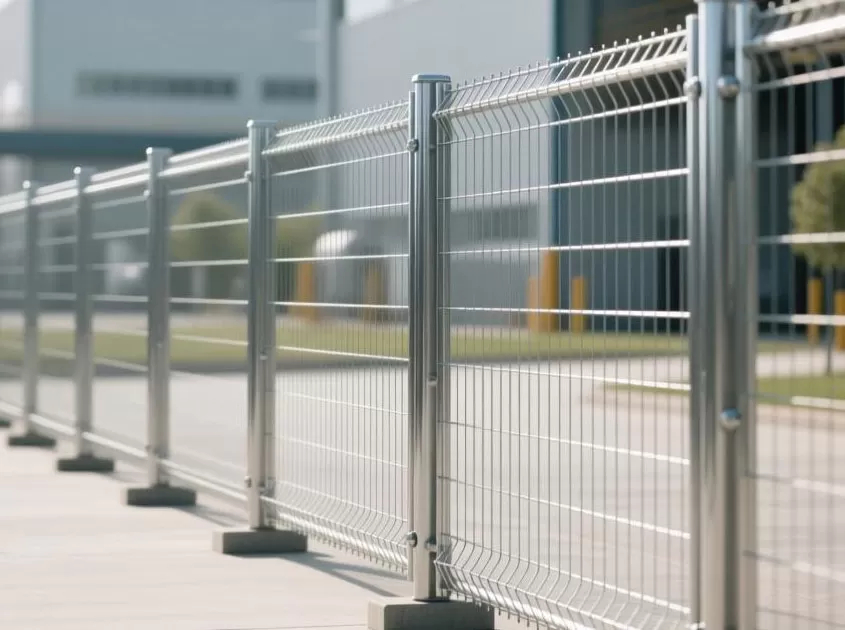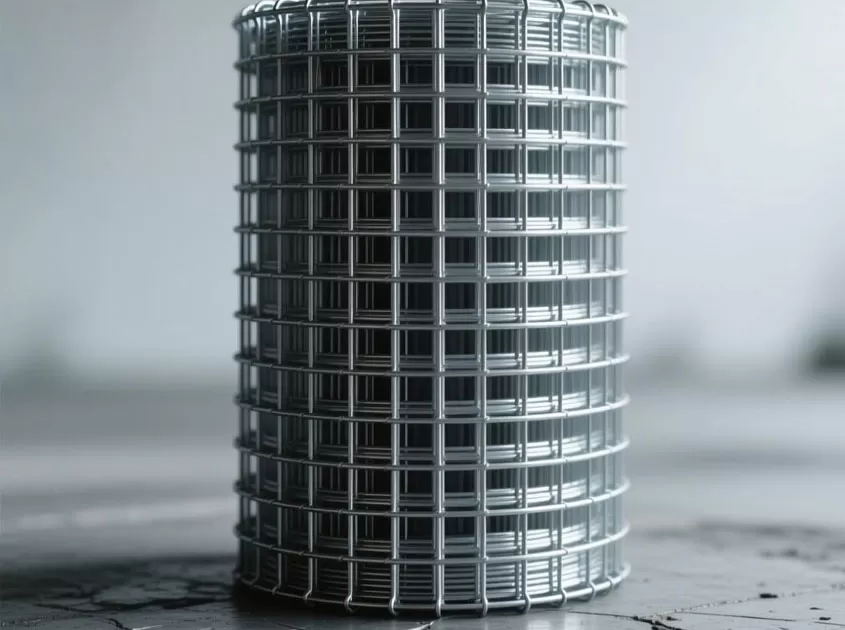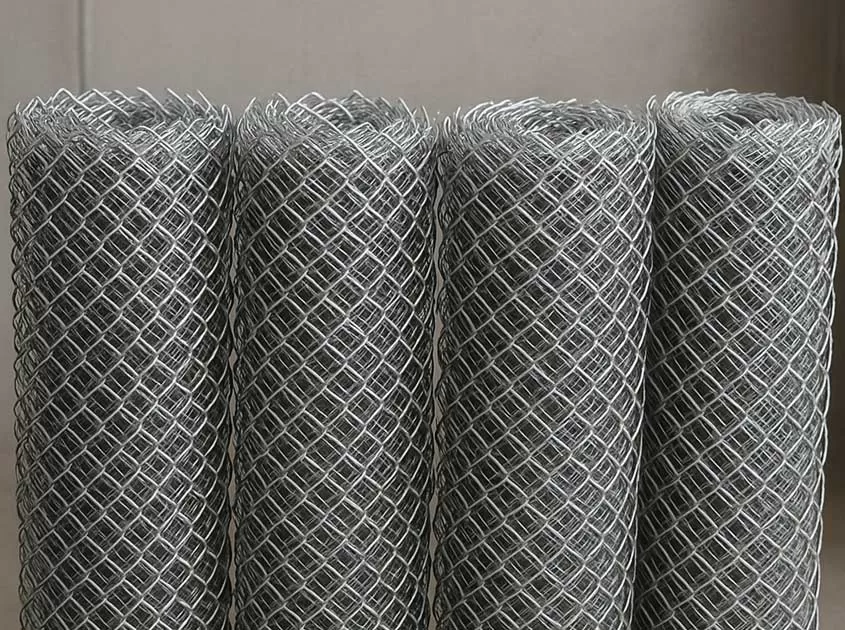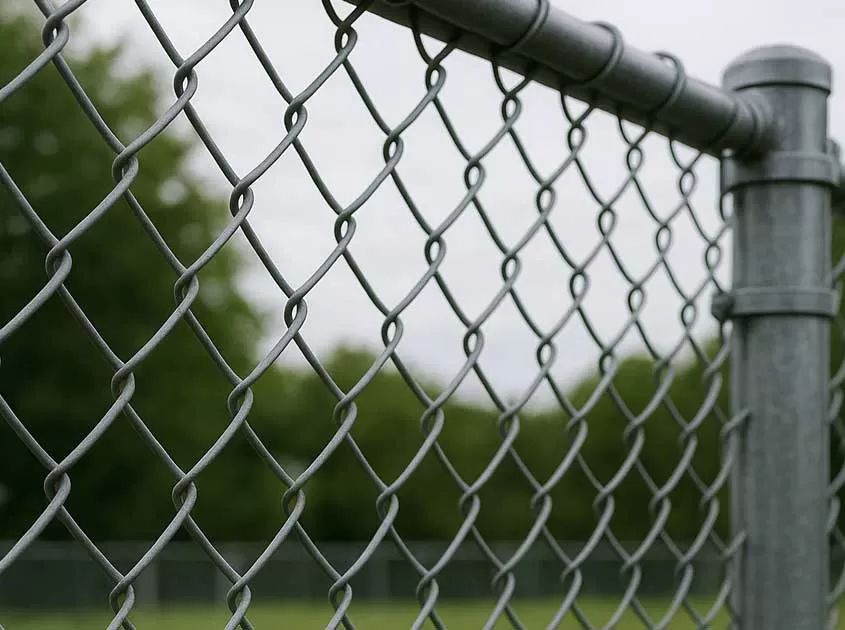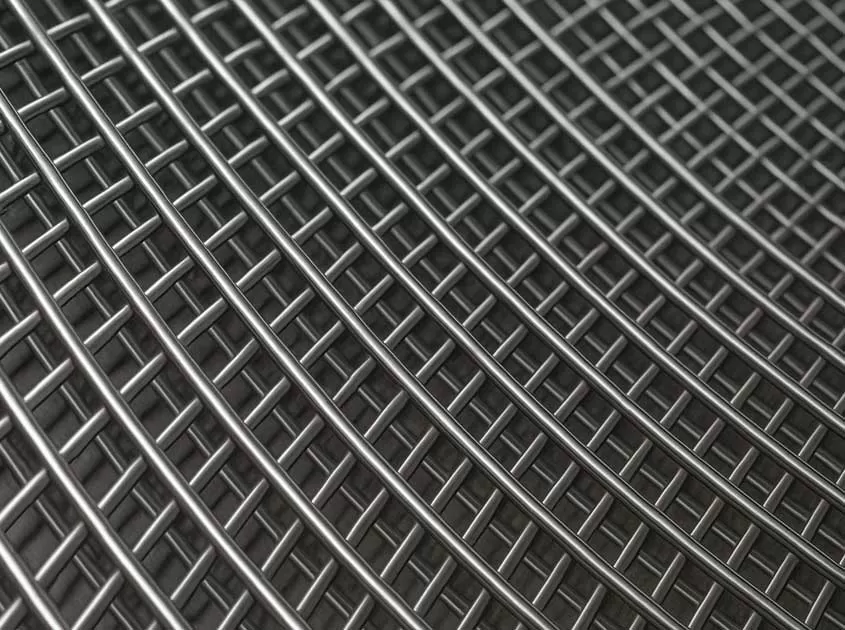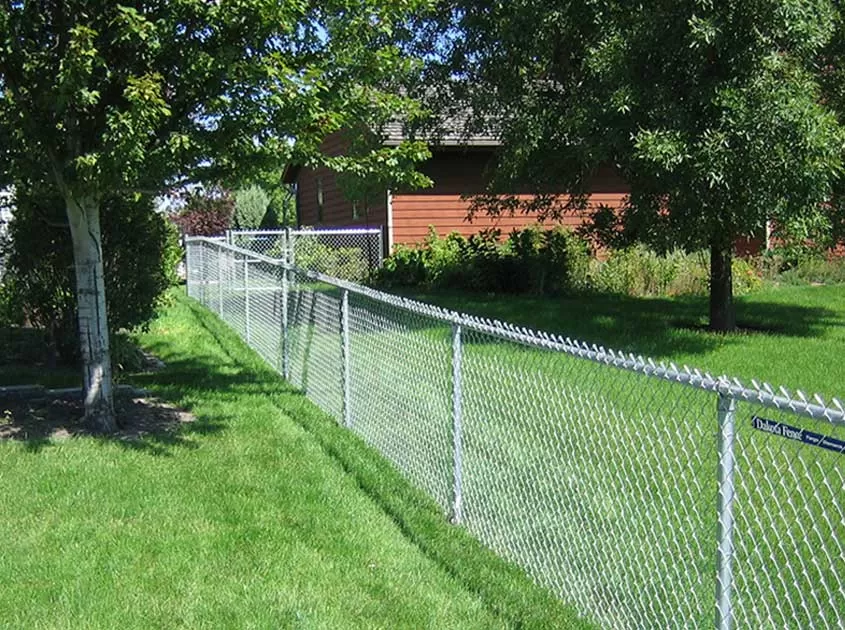Understanding the Impact of Gauge on the Strength and Durability of Chicken Wire Mesh
Chicken wire mesh is a popular fencing option due to its affordability, lightweight nature, and versatility. The gauge of the wire used in chicken wire mesh is a critical factor that directly influences its strength and durability. This article aims to explain the relationship between gauge and the performance characteristics of chicken wire mesh, shedding light on how gauge affects strength, flexibility, and resistance to environmental factors.
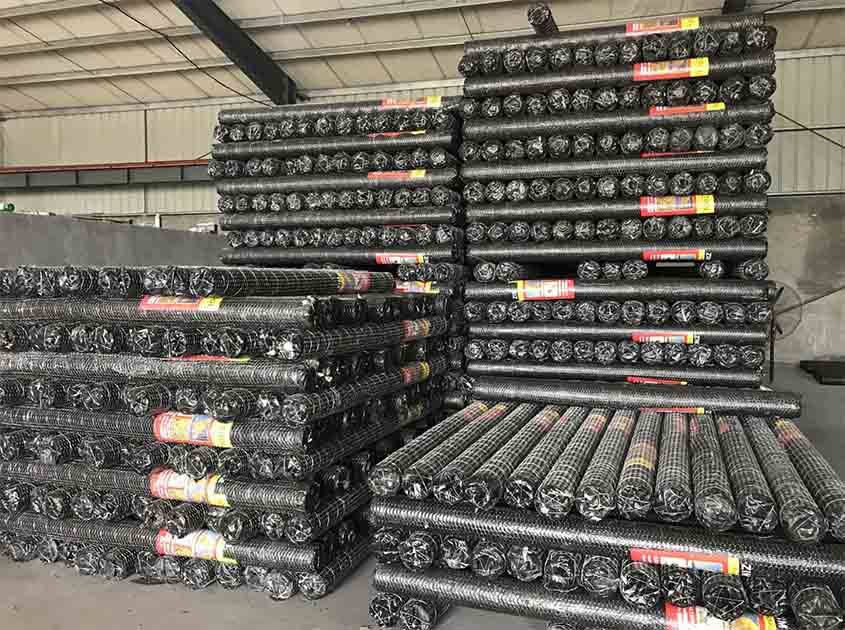
Understanding Gauge:
Gauge refers to the thickness of the wire used in chicken wire mesh. It is measured by a numerical value, with smaller numbers representing thicker wire. For example, a lower gauge such as 20 gauge indicates thicker wire compared to a higher gauge such as 24 gauge.
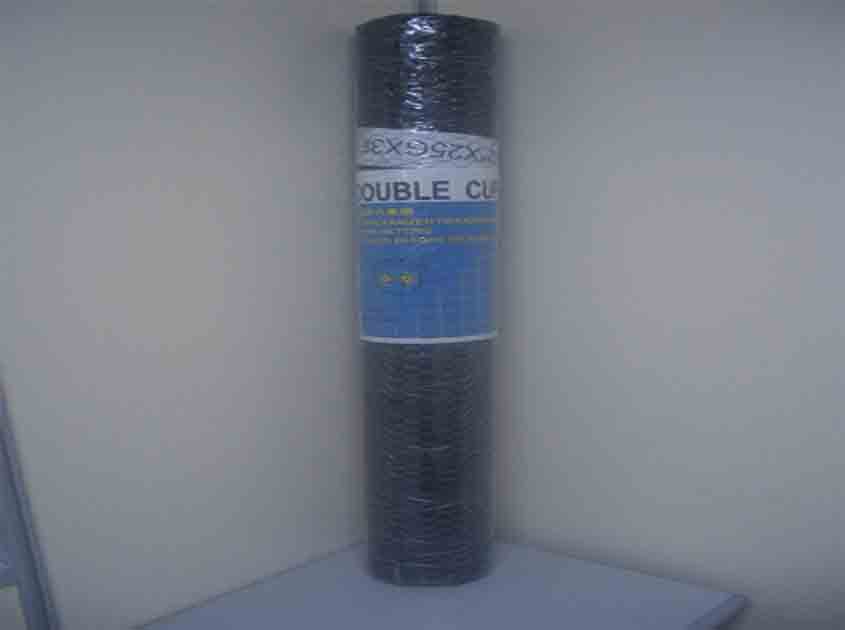
Strength and Load-Bearing Capacity:
The gauge of the wire significantly impacts the strength and load-bearing capacity of chicken wire mesh. Thicker wires with lower gauges offer greater strength and resistance to bending or deformation. They can withstand higher amounts of pressure and stress without breaking or losing their shape. In applications where the mesh will experience heavy loads or impacts, such as enclosing livestock or providing security, opting for a lower gauge chicken wire mesh is advisable.
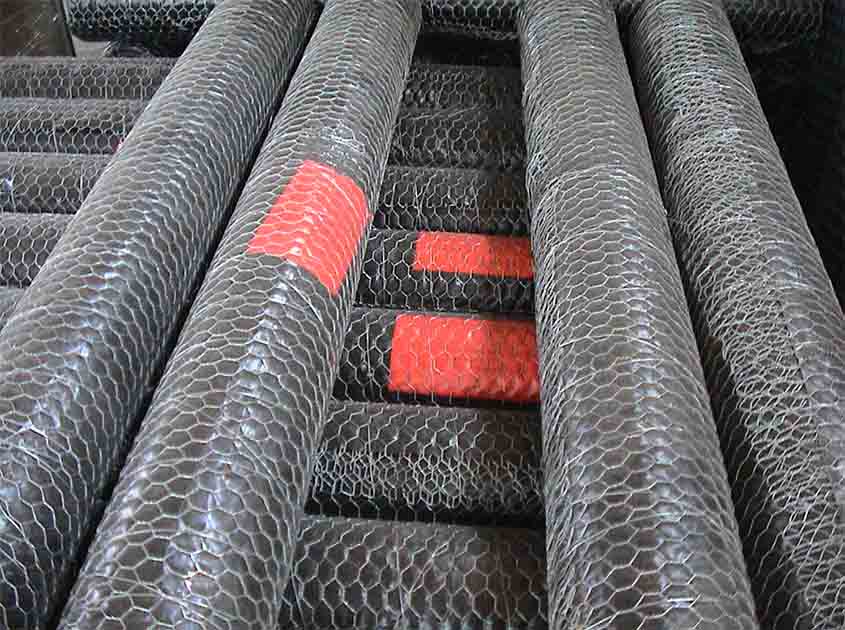
Flexibility and Malleability:
While thicker wire provides increased strength, it may be less flexible and more challenging to manipulate. Thinner wires with higher gauges offer greater flexibility and malleability, making them easier to shape and install around irregular surfaces or contours. However, it is important to find the right balance between flexibility and strength based on the specific application. Thicker gauges may be more suitable for applications that prioritize strength, while thinner gauges may be preferred for projects that require greater flexibility.
-
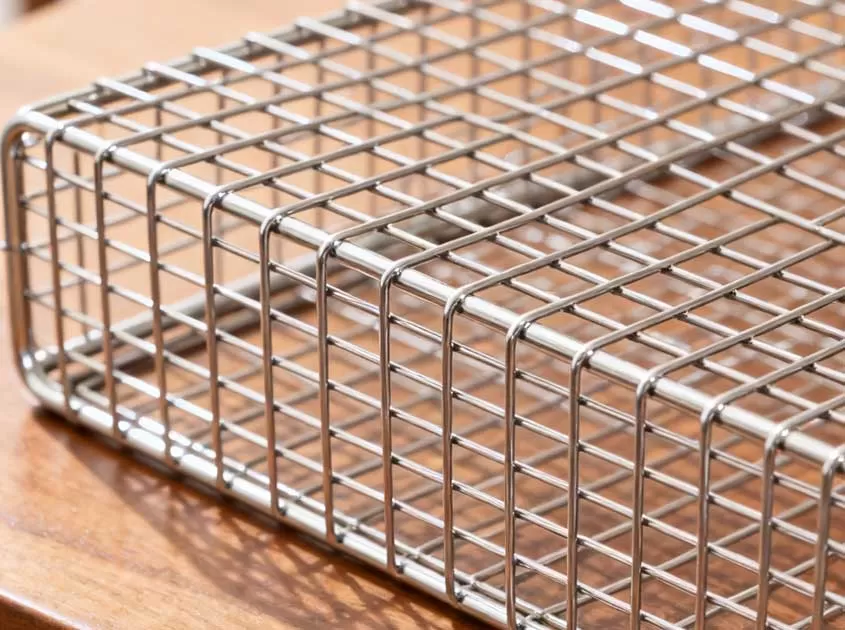 Corrosion-Resistant Stainless Steel Wire Mesh Oct 28, 2025
Corrosion-Resistant Stainless Steel Wire Mesh Oct 28, 2025

- Tel.: +86 311 83077076
- E-mail: sales@qunkunmetal.com
- Skype: qunkunsales01
- WhatsApp: 8618032412189
- Add.: No.69 The Filter Industrial Part of Anping, Hebei, China




